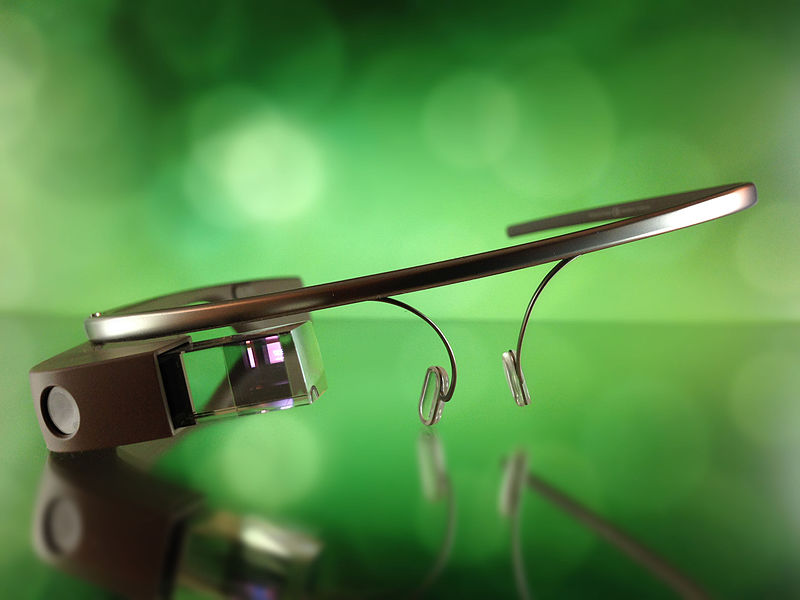
Google Glass is a wearable augmented reality device.
Google’s adventures in the augmented and virtual spaces started in 2012, when it unveiled Glass. The augmented reality (AR) device was hailed as ‘the gadget’ by many in the industry, and was named by Time Magazine as one of the “Best Inventions of the Year”.
In 2014, Google was involved in the funding of alternative reality firm Magic Leap, who secured $542 million to develop new technologies and experiences also to be used on Glass.
However, Glass was stopped in 2015, with Google unveiling plans to start working on smart AR contact lenses – that on top of the AR functions would also measure diabetes patients’ glucose levels.
Glass has been brought back by Google – but under what name?
In September 2015, Google brought back Glass under the new name Aura, bringing on board three Amazon experts to build an Aura solution that would go “Glass and beyond”.
Facial recognition will be one of the main features of such technology. For example, this will save teachers time and will make students feel more welcomed and included.
Armed with a pair of Google Glasses for example, lecturers with hundreds of students will be able to call them by their names as the inbuilt app, which recognises faces, will tell the user the names of those in the audience.
No matter if there are 20 or 2000 people in the room, teachers will always know the name of who wants to ask a question and even possibly view a small profile of that same student.






